The Philippines really has it all…abundant natural resources, incredible beaches, delicious local produce, friendly people, and even *gulp* haunted places.
You’ve might’ve heard about some of them, or maybe this is the first time you’re reading about it. Nevertheless, we’ve compiled some of them here—locations that are shrouded with mystery and stories told and retold from people who claim to have had sightings and paranormal experiences in these places.
So, keen to go on a different kind of trip with your friends? Here’s a handy list of spooky destinations around the Philippines for the brave of hearts.
ALSO READ: These Creatures From Philippine Folklore are Going to Keep You up at Night
Daang Hari Road
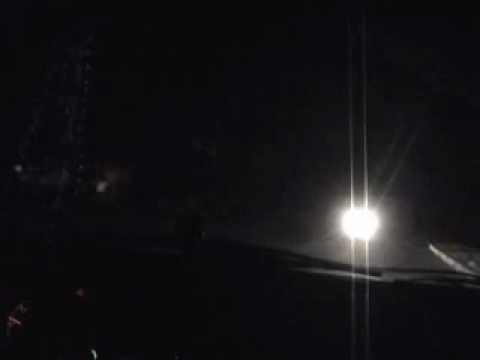
Image: youtube.com
This major thoroughfare that runs from Las Piñas to Muntinlupa and Cavite is known to one of the haunted roads in the Philippines. Although some parts of the 15-kilometer highway is now lined with commercial establishments and neighborhoods, Daang Hari used to be unlit, deserted, and sandwiched between towering grass. Because of that, the location became a dumping spot of murdered victims. Victims whose souls, according to stories, now roam the road, as occasionally sighted by motorists that pass by. Daang Hari is also known to be an accident-prone area, but we leave it up to you to conclude whether the ghost stories have anything to do with it.
UP Manila
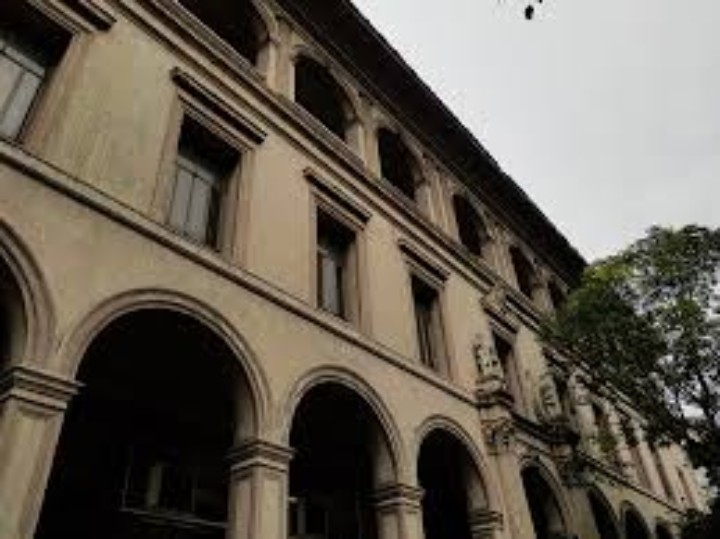
Image: up.edu.ph
University of Santo Tomas may perhaps be the most famous ~haunted~ university, but did you know that University of the Philippines – Manila has got a reputation, too? In one of its buildings, Gusaling Andres Bonifacio, the ghost apparently frequently seen there is that of a former janitor who committed suicide. Many of the campus’ halls, bathrooms, and laboratories are also said to be haunted by spirits, whose presence can be really felt, if they’re not actually showing themselves to you. *chills*
Teacher’s Camp
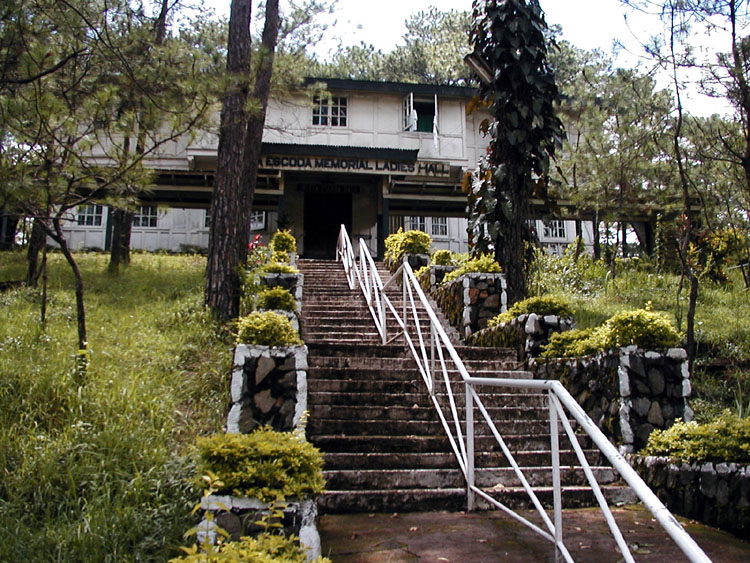
Image: cityofpines.com
Baguio Teacher’s Camp is an events and teacher’s training center that was built in 1907 in Baguio City. The Philippine Military Academy once occupied the area pre-World War II, but during the Japanese occupation in the Philippines, the camp was used as a hospital as well. The now 111-year-old venue is still in use for conventions while its cottages are for rent for tourists, but many claim disturbances within the camp such as strange crying noises within some of the cottages, footsteps in the hallway, and sightings of a white lady and headless priest walking around.
Siquijor Island
The island of Siquijor in Visayas is shrouded in magic and mysticism. Aside from the mananambals (traditional healers) that are quite popular among locals and tourists, this small remote island is also said to be the home of witches, sorcerers, shamans, and mystical creatures. If you want to visit a healer, the local tourism department and many hotels have a list of “official” healers. Just maybe stay away from black magic, but you know, up to you. You can even pick up some potions too—the love potion or gayuma is a pretty popular souvenir.
Baker Hall, UPLB
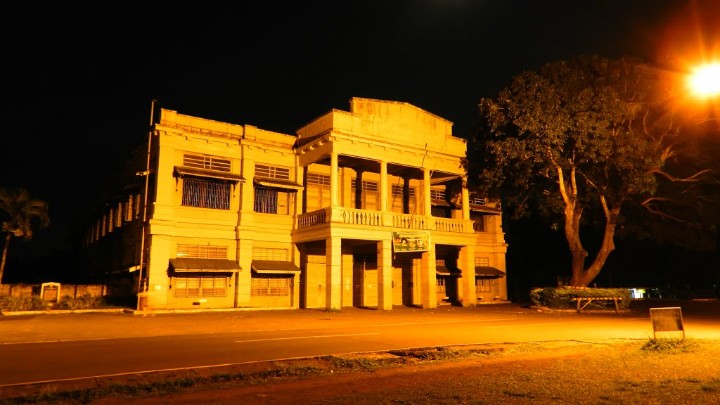
Image: panoramia.com
Named after University of the Philippines Los Baños’ longest-serving dean, Charles Fuller Baker, Baker Hall is one of the campus’ oldest buildings. But it’s the building’s harrowing past that contributes to its eerie reputation. During World War II, Baker Hall was used by the Japanese soldiers as an interment camp—soldiers and civilians were held here, possibly some tortured and murdered. Now, people claim to hear music coming from the hall in the middle of the night, as well as sightings of ghosts believed to be the prisoners formerly held there.
Lambusan Public Cemetery
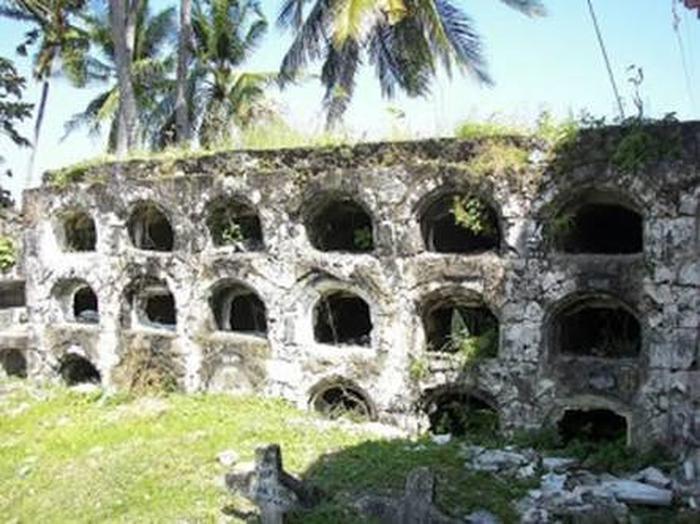
Image: onecebu.com
Usually when you go to a cemetery, the dead are resting in a tomb, in the ground, or a mausoleum, even. But in this public cemetery in Lambusan, San Remigio, Cebu, the remains of the dead can be often seen scattered around the cemetery. Lambusan is one of the poorest towns in Northern Cebu, and when the families of the dead fail to settle the payments for the tombs of their loved ones, the bones are taken out and then dumped around the cemetery. Perhaps it’s this disturbance to the remains of the dead that some people claim sightings of spirits and ghosts roaming the location.
Clark Air Base Hospital
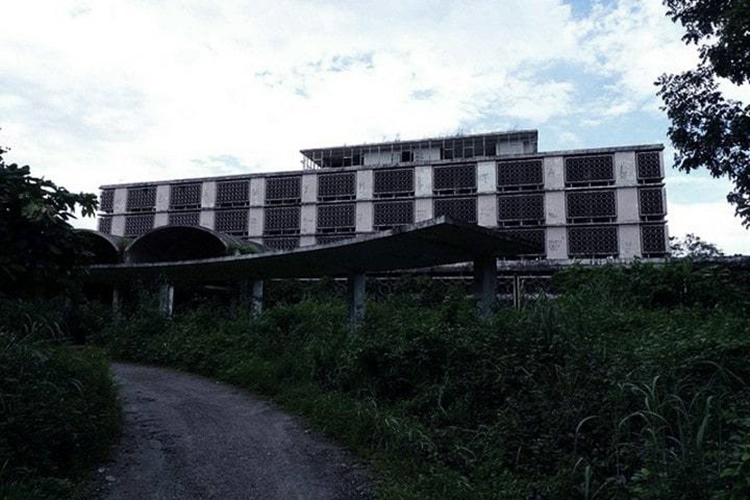
Image: philnews.ph
Although now abandoned, the old Clark Air Base Hospital used to be a military hospital ran by the Americans during the Vietnam war. It was also bombed by the Japanese during their settlement in the Philippines, killing the people inside the building then who were apparently celebrating Christmas. The air strike happened in December. Now, locals and joggers who pass by the building claim that they would often hear music and sound of conversations coming from the building, even when no one is around.
San Juanico Bridge
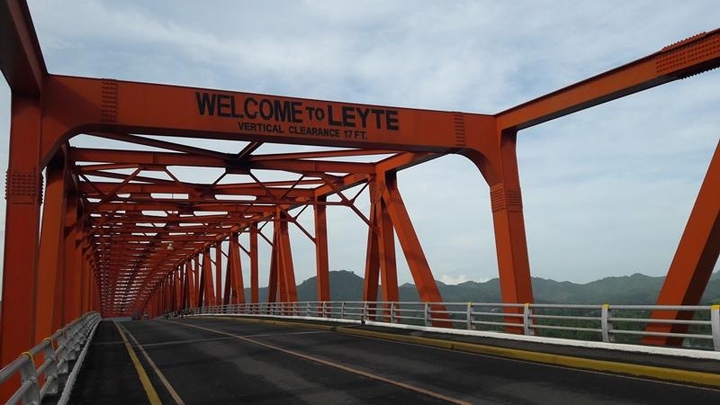
Image: CNN Philippines
One of the longest bridges in the Philippines, San Juanico Bridge is famous as a beautiful structure that runs above seawater and connecting the islands of Samar and Leyte. However, there is an urban legend surrounding it. During the construction of the bridge under the Marcos regime, street children and babies apparently were disappearing in both Samar and Leyte. According to stories, these kids were kidnapped and offered as part of a ritual to assure the completion and strength of the bridge. The throats of the children were said to be slit, and their blood mixed with the cement that built the bridge. Now, people who pass the bridge at night say that they see children playing along the rails, some of them asking for help.
–
Have you ever been to one of these places and had a spooky encounter? Tell us your story in the comments!





